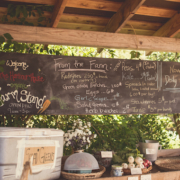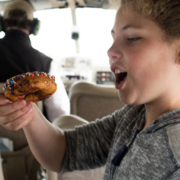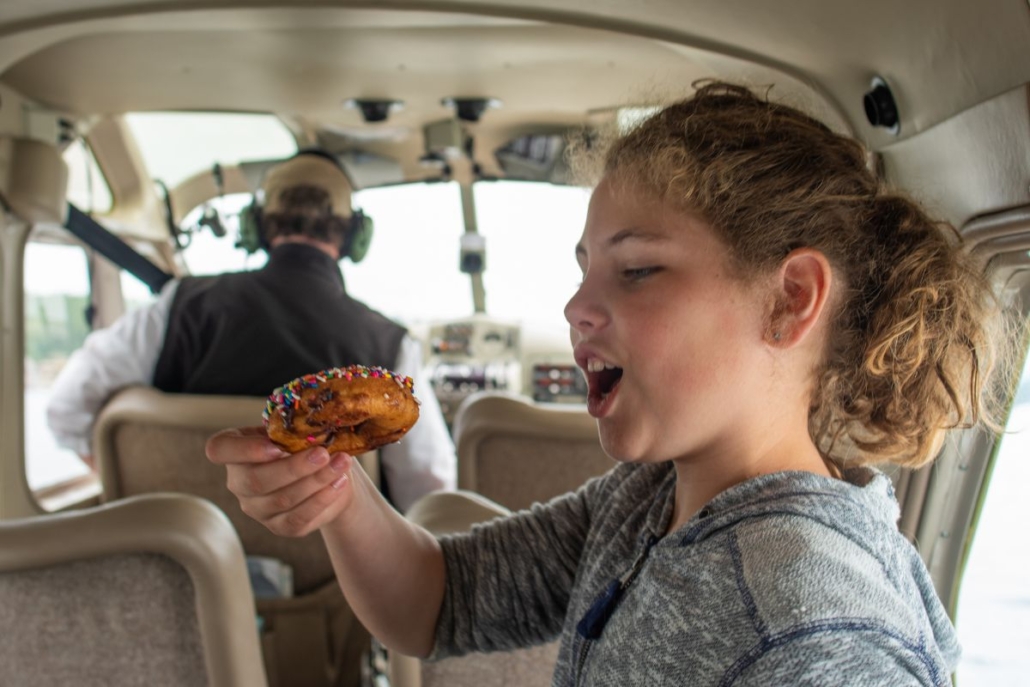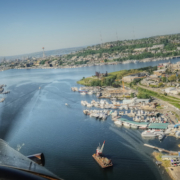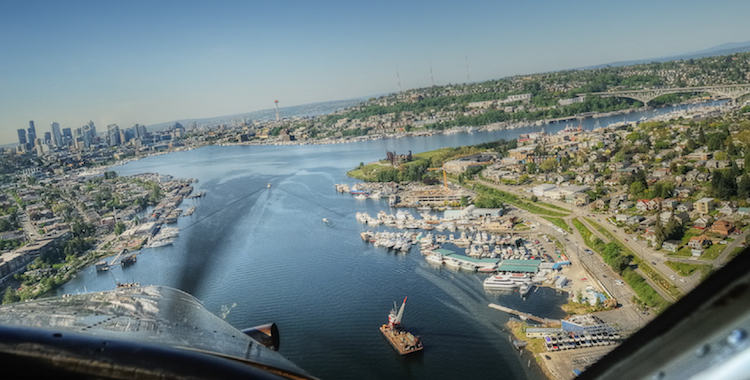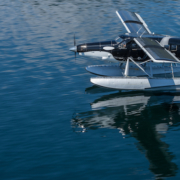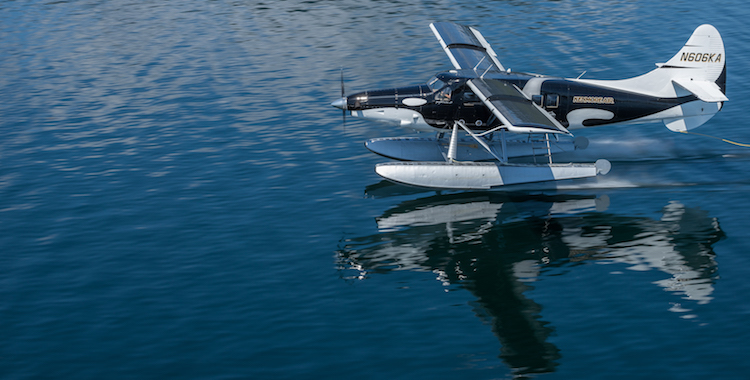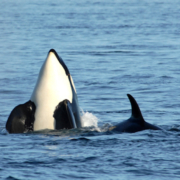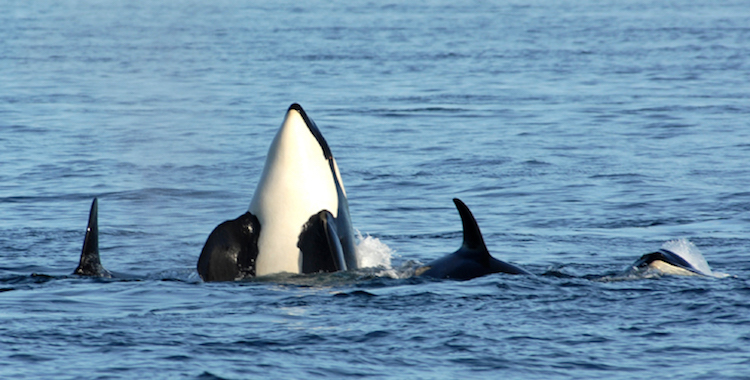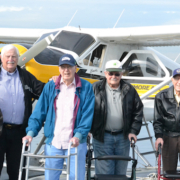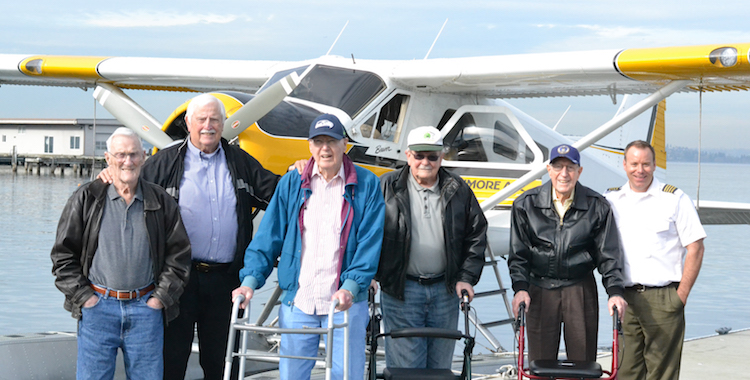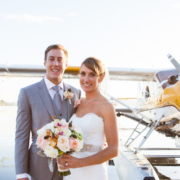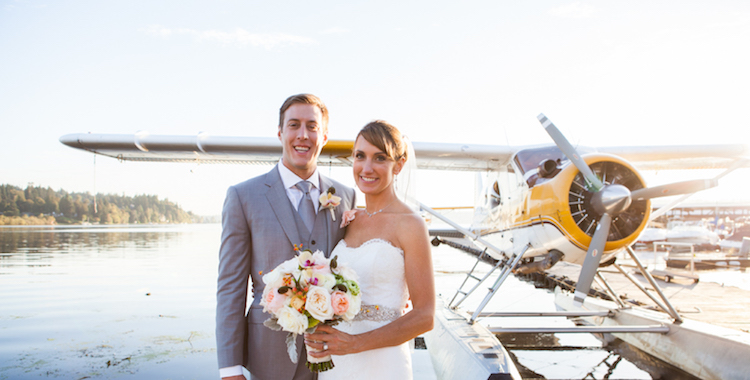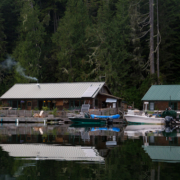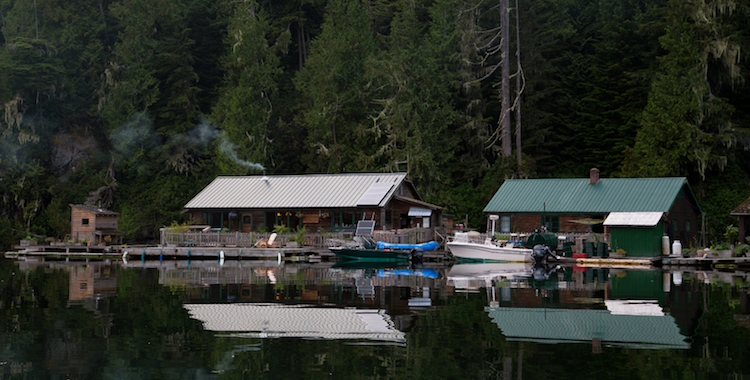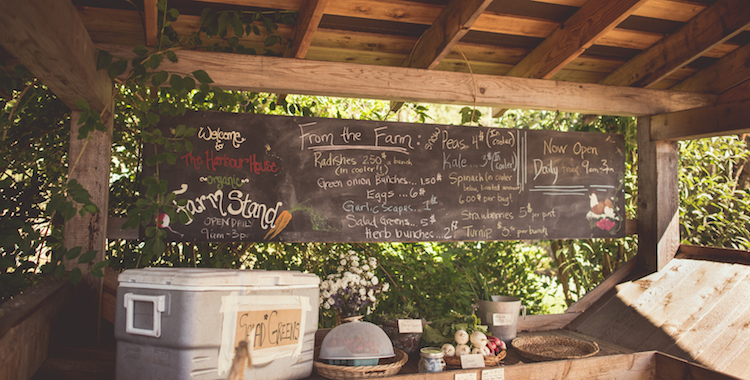
If you’re looking for grand entryways or manicured lawns, look elsewhere.
But, if you’re looking for a destination where the strawberries are picked that morning and the eggs are straight from under a hens bum – head to the Harbour House Hotel on Salt Spring Island.
Positioned on a hill just above Ganges Harbour, this rustic resort looks a bit like a converted farmhouse. It should. Behind its two-story residence is a 3-acre farm. The hillside’s been tamed by sheer willpower and muscle as terraced stone beds have been built into the sloping ground.
Here, farm-to-table is not just a quaint term thrown around because it’s popular. “During the peak season, we grow 90 percent of what’s served in our restaurant,” said Roberta Martell, Harbour House’s Sustainability Director.
They raise their own sheep for meat and beehives for honey. Heck, they even make their own syrup by tapping the farm’s broad leaf maples.
Hotel guests and visitors are invited to explore the grounds, but a word to the wise – watch your step. While by farm standards, the grounds are clean, the goats and chickens are far from potty trained.
Farmed Since 1916
In the early 1900s, two newlyweds purchased the 100-acre seafront property. The intention was simple – raise things. That’s just what they did, including: six children, dozens of livestock, fruits, vegetables, and herbs.
As the years progressed, the family house was transformed into a 12-bedroom guesthouse. The farm continued to operate, but portions of the plot were gradually sold. By the early 2000s, only 17 acres of the original plot remained. Abandoned to Mother Nature, they grew into a thicket of alders, blackberries, and wild roses.
That’s exactly how Jack and Glenda Woodward found it when they purchased the hotel and farm in 2004. Again, the goal was simple – raise things. However, the Woodward’s also wanted to share. That’s exactly what they’re doing.
The hotel is a beacon for diners looking to eat off the land. Five acres of the land have been deer-fenced and three of the protected acres have been cleared by the farm’s trusty goatherd. They are farmed year-round. Literally, something is harvested from the farm every day. The head farmer, Rob Scheres, records all that’s taken by hand.
Originally from Holland, Scheres grew up on a farm where he learned traditional techniques he brought with him to Salt Spring Island. For example, Scheres grows his melons vertically, cradling them in women’s hairnets.
Herbs are also grown year round. In the Basil House, a two-room wooden hut constructed without nails, hot water baths are used during the winter months to heat the space.
The Cuisine
The restaurant at the Harbour House Hotel makes “fresh” seem like a cuisine.
Their menu focuses primarily on what’s harvested from the farm, supplementing its impressive yield with island-sourced ingredients when needed.
It’s a tactic that doesn’t lend itself to a consistent menu. Feel free to peruse your options online, but be prepared to change your mind when you see the daily specials.
And, don’t be shy about collecting your own eggs. The two-page regular menu is dominated by egg-filled options, but Chef Chad isn’t the only one who gets to gather eggs. You can too.
At the farm’s Egg Emporium, you can grab your own eggs from under the hens. The kitchen will wash them and then use them for your breakfast. Especially delightful is the Farm Frittata. Changing seasonally, it’s been known to arrive packed with goat cheese and scallions.
The Farm Stand
The majority of the farm’s bounty makes its way into the kitchen on site, but a portion of each day’s pickings are sold at the hotel’s Farm Stand. The offerings are eclectic. You never know what you’ll find. There could be arugula and kale one day and broccoli and melons the next. You might find herbs, lettuce, and eggs. One thing’s for sure, it’s always fresh.
The stand sits behind the resort, just to the right of the farm’s main gate. It’s unmanned. Operated on the honor system, the Harbour House leaves a small jar on one of the wooden counters. Visitors and locals alike pop in to see the options and drop money as appropriate.

